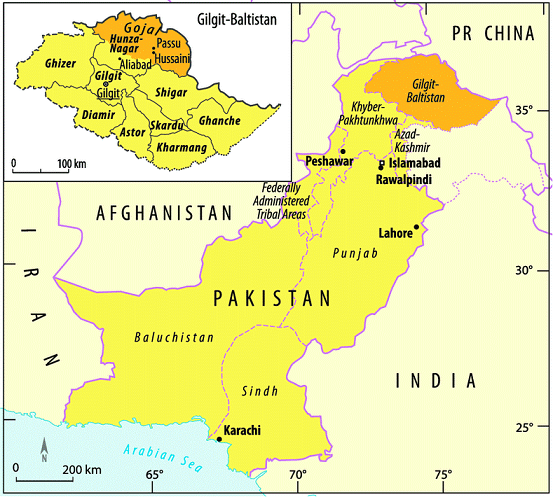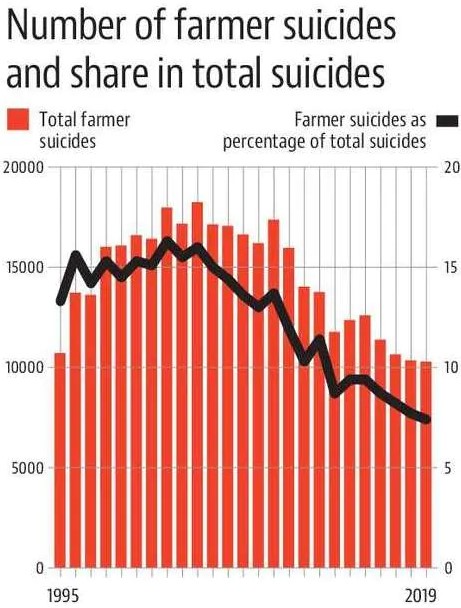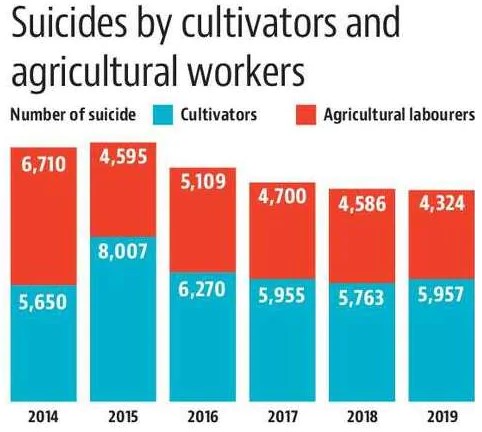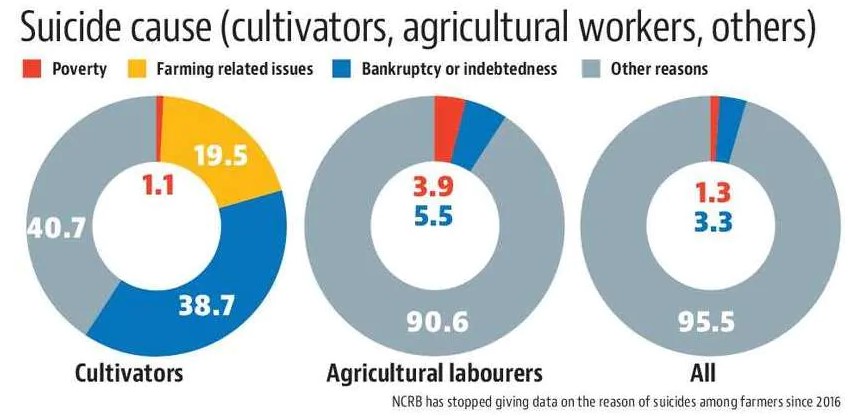Contents
- Queen’s Counsel for Kulbhushan Jadhav case
- Pakistan: Gilgit-Baltistan a full-fledged province
- Geo-Spatial cooperation at 2+2 dialogue
- Do falling farmer suicides mean less rural distress?
QUEEN’S COUNSEL FOR KULBHUSHAN JADHAV CASE
Focus: GS-II International Relations
Why in news?
India’s Ministry of External Affairs said that Pakistan should consider appointing a Queen’s Counsel for the Kulbhushan Jadhav case to ensure a free and fair trial.
Details
- India’s suggestion comes in the backdrop of the ongoing negotiations between the two sides to ensure a free and fair trial for the death row prisoner in Pakistani custody.
- The International Court of Justice (ICJ) had asked Pakistan to ensure fair review of the death sentence given to Mr. Jadhav but India has been maintaining that Pakistan has not provided “unimpeded” access to him till now.
- The Pakistan government approached the Islamabad High Court to appoint a defence lawyer to represent Mr. Jadhav in the court and the Court urged the government of Prime Minister Imran Khan to allow India a chance to appoint a lawyer for Mr. Jadhav.
- India maintains that it remains committed to freeing Mr. Jadhav.
Queen’s Counsel
- In the United Kingdom and in some Commonwealth countries, a Queen’s Counsel during the reign of a queen (or King’s Counsel during the reign of a king) is a lawyer (usually a barrister or advocate) who is appointed by the monarch of the country to be one of ’Her (/his) Majesty’s Counsel learned in the law’.
- The position originated in England. Some Commonwealth countries have either abolished the position, or re-named it so as to remove monarchical connotations.
- Queen’s Counsel is an office, conferred by the Crown, that is recognised by courts.
- In jurisdictions that have become republics, the office of Queen’s Counsel has sometimes been replaced with an equivalent, for example, Senior Counsel in South Africa, Kenya, Trinidad and Tobago and Guyana; Senior Advocate in Nigeria, India and Bangladesh; and President’s Counsel in Sri Lanka.
-Source: The Hindu
PAKISTAN: GILGIT-BALTISTAN A FULL-FLEDGED PROVINCE
Focus: GS-II International Relations
Why in news?
- Pakistan has decided to elevate Gilgit-Baltistan’s status to that of a full-fledged province, a Pakistani media report said.
- India has clearly conveyed to Pakistan that the entire union territories of Jammu and Kashmir and Ladakh, including the areas of Gilgit and Baltistan, are an integral part of the country by virtue of its fully legal and irrevocable accession.
- Pakistani Minister for Kashmir and Gilgit-Baltistan Affairs said that Pakistani Prime Minister would visit the region and make the formal announcement to elevate Gilgit-Baltistan to the status of a full-fledged province with all constitutional rights.
India’s objections
- India has said the Government of Pakistan or its judiciary has no locus standi on territories illegally and forcibly occupied by it.
- India completely rejects such actions and continued attempts to bring material changes in Pakistan occupied areas of the Indian territory of Jammu and Kashmir.
- Instead, Pakistan should immediately vacate all areas under its illegal occupation, the Ministry of External Affairs said while protesting Islamabad’s efforts to bring material change in Pakistan occupied territories.
Gilgit-Baltistan

- Gilgit-Baltistan is a region administered by Pakistan as an administrative territory, and constituting the northern portion of the larger Kashmir region which has been the subject of a dispute between India and Pakistan since 1947, and between India and China from somewhat later.
- Gilgit-Baltistan is part of the greater Kashmir region, which is the subject of a long-running conflict between Pakistan and India.
- The territory shares a border with “Pakistan administered Kashmir” (Called Azad Kashmir by Pakistan) and union territories of Jammu and Kashmir (union territory) and Ladakh separated from it by the Line of Control.
- Pakistan is a federation that comprises four provinces: Punjab, Khyber Pakhtunkhwa, Sindh and Balochistan and three territories: Islamabad Capital Territory, Gilgit–Baltistan and Azad Kashmir (according to Pakistan).
-Source: The Hindu
GEO-SPATIAL COOPERATION AT 2+2 DIALOGUE
Focus: GS-II International Relations
Why in news?
The U.S. is keen that India sign the last foundational agreement, Basic Exchange and Cooperation Agreement for Geo-Spatial cooperation (BECA), at the next India-U.S. 2+2 ministerial dialogue.
Details
- Indian draft with suggestions to the Basic Exchange and Cooperation Agreement for Geo-Spatial cooperation (BECA) has been sent to the U.S.
- A maritime information agreement is also under active deliberation between India and the U.S.
- Once concluded, India will have such arrangements with all Quad countries — Australia, Japan and the U.S.
- There has been a sharp increase in India’s maritime interactions with the Quad countries on a bilateral basis centred around information sharing for improved Maritime Domain Awareness (MDA) in the Indian Ocean Region and Indo-Pacific.
The lead up
Beginning 2016, India has signed three foundational agreements:
- The Logistics Exchange Memorandum of Agreement (LEMOA),
- The Communications Compatibility and Security Agreement (COMCASA) while
- The General Security of Military Information Agreement (GSOMIA) was signed a long time ago.
An extension to the GSOMIA, the Industrial Security Annex (ISA), was signed at the last 2+2 dialogue.
-Source: The Hindu
DO FALLING FARMER SUICIDES MEAN LESS RURAL DISTRESS?
Focus: GS-II Social Justice, GS-III Agriculture
Why in news?
- The number of farmers committing suicide has been decreasing for four consecutive years and in 2019 it was the lowest in 25 years.
- Farmer suicides are often seen as an indicator of economic distress among farmers.
Reasons why reducing numbers do not show us the full picture
I – Total suicides going down
- More than 10 thousand people engaged in farming committed suicide in 2019, according to data released by the National Crime Records Bureau (NCRB).
- The decline in the number of farmers’ suicides marks the continuation of a trend since 2016.
- Farmers’ suicides have often been seen as the most macabre reflection of what many believe is a growing crisis of viability in Indian agriculture.
- India’s farms employ more than 40% of its 400 million plus workforce, while its share in Gross Value Added (GVA) has fallen below 15%.

II – Suicides among cultivators did not decrease in 2019
- The headline farmer suicide numbers include both farmers who cultivate crops on their owned or leased land as well as agricultural labourers who work on farms for a wage.
- Most of the fall in headline farmers’ suicide numbers has happened because of a fall in the number of suicides by agricultural workers.
- Suicides by cultivators actually went up between 2018 and 2019.
- Even as the number of suicides by agricultural labourers has shown a decreasing trend over the last six years, suicides among daily wage earners – the main difference between the two is that the former work in agricultural fields – has been constantly increasing in this period from 2014 to 2019.

III – States underreport data
- Many large states report no farmer suicides, according to the NCRB data.
- For example: in 2019 around 6,000 farmer (cultivator) suicides were reported from 17 states and union territories while 19 others did not report any.
- At least a third of the farmer suicides were reported by just three states – Maharashtra, Karnataka and Andhra Pradesh.
- Nine states have not reported a single suicide by cultivators in last six years.
IV – Reason of suicides not known
- There has always been a debate on whether farmers’ suicides are the result of economic distress or something else.
- The 2014 and 2015 numbers showed that farmers were more likely to commit suicide due to economic reasons than others.
- Of the cultivators who killed themselves in 2015, about an overwhelming 60% did so for reasons such as poverty, farming-related issues and bankruptcy or indebtedness.
- Among agricultural labourers, only about 9% killed themselves for these reasons.
- Among all persons who committed suicide, 4.5% killed themselves for these reasons.
- NCRB has stopped giving data on the reason of suicides among farmers since 2016.

-Source: Hindustan Times





